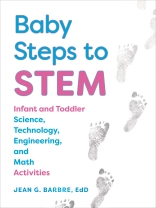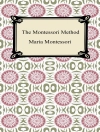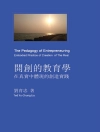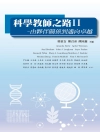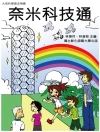Innately curious, infants and toddlers love to explore, investigate, and discover—making the earliest years a perfect time to begin teaching the foundations of STEM. This book defines what science, technology, engineering, and math education looks like for this age group, and why it is so vital for children to develop STEM knowledge. Expand your understanding of STEM to lay the foundation for children to develop skills in critical thinking, communication, collaboration, and creativity.
This book supplies fifty play-based developmentally appropriate activities for introducing STEM. All activities include extensions, inquiry questions, and tips on how to help parents strengthen children’s learning at home.
Jean Barbre, Ed D , holds a master’s degree in child and family studies from California State University Long Beach, a master’s degree in counseling from California State University Fullerton, and a doctorate degree in educational leadership from Pepperdine University. She has more than thirty years of experience working with children and families in a variety of roles and currently teaches early childhood courses in community college and California State University system as well as presents at professional conferences across the country.
Tabla de materias
Introduction to STEM
Overview of STEM
Science
Technology
Engineering
Math
Why is it Important for Children to Develop STEM Knowledge?
Preparing Children for the 21st Century
21st Century Skills: Critical Thinking, Communication, Collaboration, and Creativity
Setting the Stage for Learning
Infant and Toddler Development
Social-Emotional Development
Physical Development
Cognitive Development
Language Development
How does Responsive Caregiving Support STEM Development?
Learning Environments
Play Based Learning Environments
Indoor and Outdoor Space
Materials to Support STEM Exploration
Safety
STEM Early Learning Centers
Scientific Inquiry
Listening and Observing Children
Asking Questions
Introduction to Science
Physical Science
Life Science
Earth Science
Technology
Engineering
Math
Number sense and Operations
Algebra-Patterns and Classification
Geometry-Shapes and Spatial Relationships
Measurement and Mathematical Reasoning
Final Thoughts
How to Use These Activities
Activities for STEM Development
Glossary of STEM terms
List of STEM Books
Index of activities by age range
Index of activities by STEM concept
